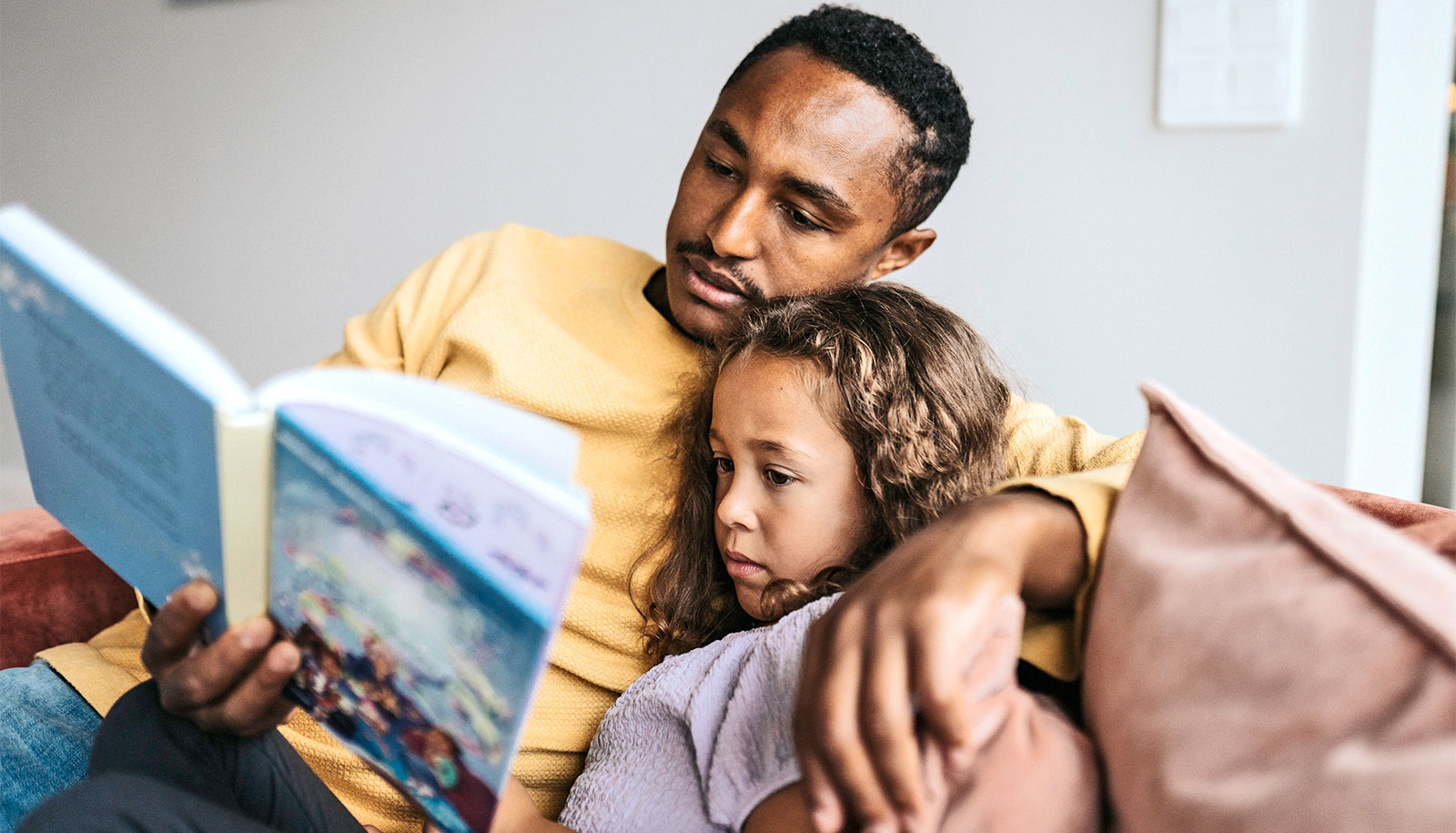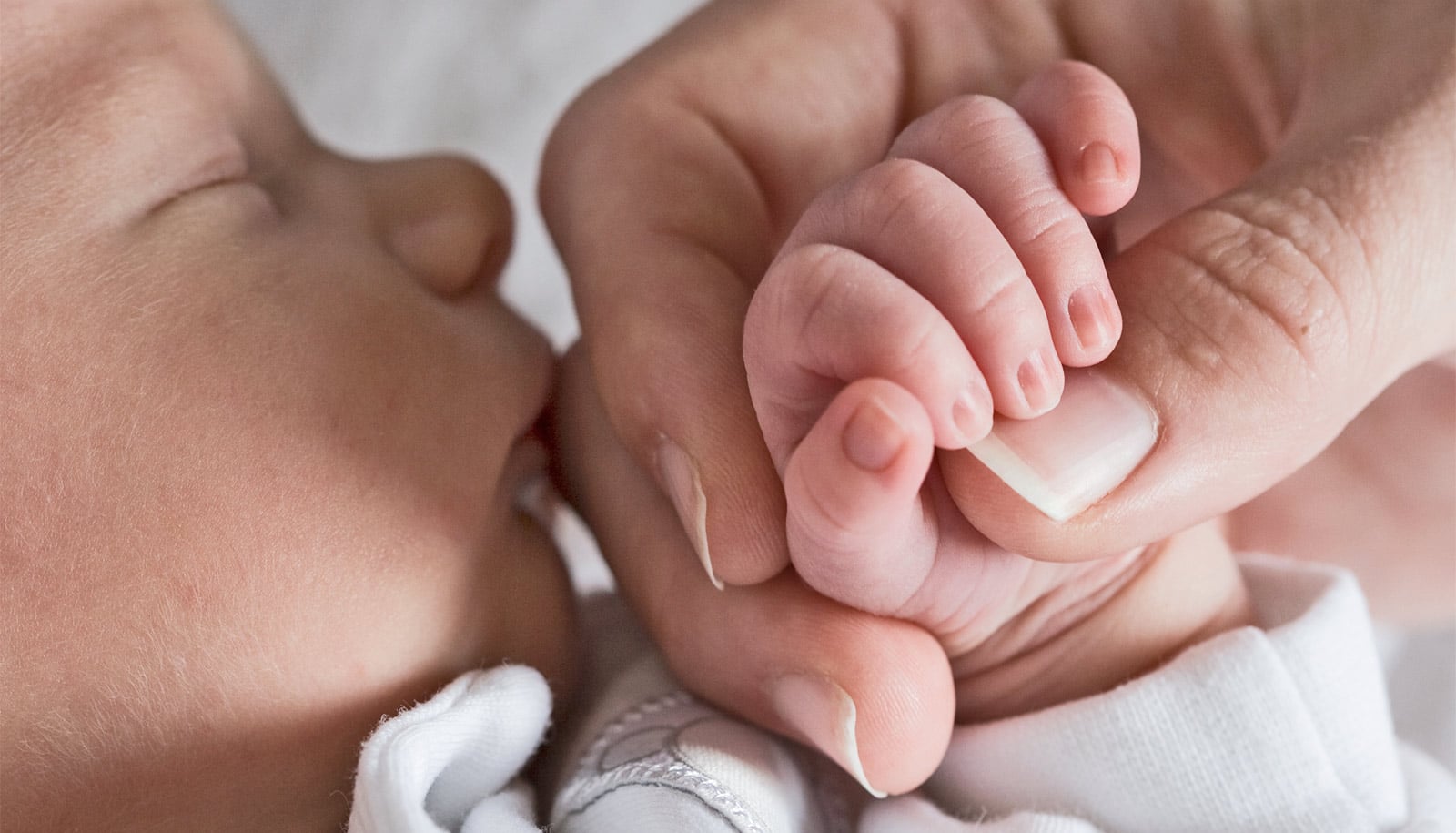From Bambi’s mother to Elsa’s and Anna’s parents in Frozen, Disney and Pixar movies featuring the death of a main character offer adults a critical opportunity to discuss end-of-life issues with young children, new research suggests.
“My goal is to educate and help people become more comfortable with the end of life. One way to do that is through these films…”
“These films can be used as conversation starters for difficult and what are oftentimes taboo topics like death and dying,” says Kelly Tenzek, a clinical assistant professor in the communication department at the University at Buffalo. “These are important conversations to have with children, but waiting until the end of life is way too late and can lead to a poor end-of-life experience.”
Starting the end-of-life conversation with children early allows the dialogue to continue and develop throughout their lives, and the deaths in these films can actually help children relate to and understand death in ways that otherwise might be very challenging for them.
“We believe that Disney and Pixar films are popular and accessible for children and adults so that a difficult conversation can begin in a less threatening way earlier in life,” says Tenzek.
Tenzek and coauthor Bonnie Nickels, a visiting lecturer at the Rochester Institute of Technology, analyzed 57 Disney and Pixar movies in which 71 characters died.
Tenzek says the study uses categories from research conducted in 2005 on end-of-life depictions in 10 Disney and Pixar films. That earlier research distinguished character’s status, such as antagonist or protagonist (Tenzek and Nickels added side characters to this category); cause of death; whether the film presents the death or implies it; the reactions of other characters; and if the death, within the context of the film’s plot, was permanent or a reversible, fantasy occurrence.
With that template and their expanded list of 57 films, the new analysis yielded four general opportunities, or themes, on which to base an end-of-life discussion:
“First, some of the portrayals of death are unrealistic, such as when the character returns or returns in an altered form,” says Tenzek. “But this is a chance for a child to better understand the difference between fiction and real life.”
Tenzek says managing the end of life, or the emotional response to death, could be helpful for children and adults.
Talking to preteens about drugs doesn’t tempt them
“How the characters portray their responses to dying can help children understand the nature of expressing emotion,” she says. “Big Hero 6 (2014) and Inside Out (2015) specifically address emotional responses to death and dying which were not present in earlier films.”
The third and fourth themes dealing with intentions to kill and transformation and spiritual connection, with its moral sub-theme, are more complex. While religious and spiritual content are not always overtly present in Disney and Pixar films, Tenzek says the films can still serve as opportunities to discuss religious beliefs and end of life.
“We acknowledge that a child’s psychological development is important when considering these discussions,” says Tenzek. “It’s not our intent to have these conversations with a three-year-old, but as children mature, then the films fit naturally into that growth.”
Many of the possible benefits arising from these films extends from parents’ power to engage children, according to Tenzek. The films can be a tool to help explain the difficult end-of-life process to children and help them make connections that lead to better understanding.
“I teach end-of-life communication,” says Tenzek. “My goal is to educate and help people become more comfortable with the end of life.
“One way to do that is through these films,” she says.
Should kids learn emotions alongside ABC?
The researchers report their results in Omega-Journal of Death and Dying.
Source: University at Buffalo



